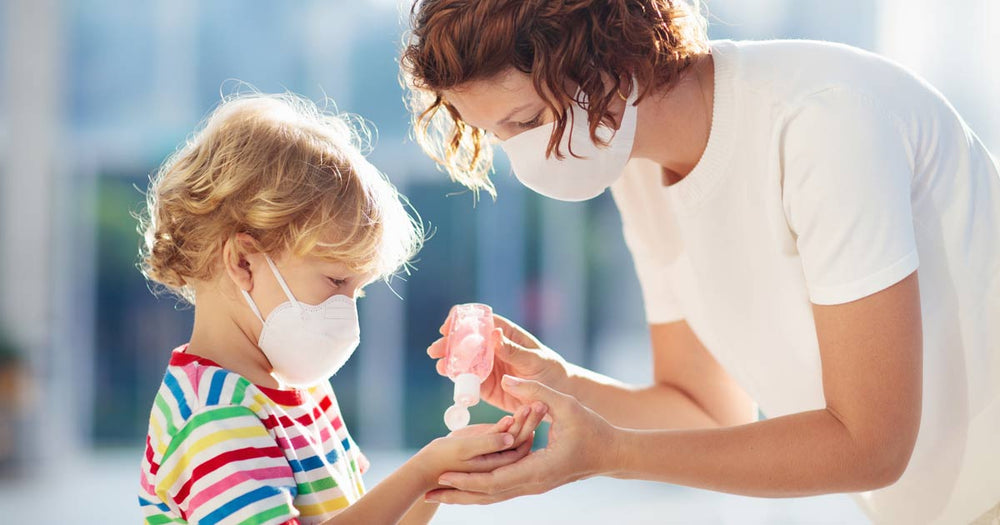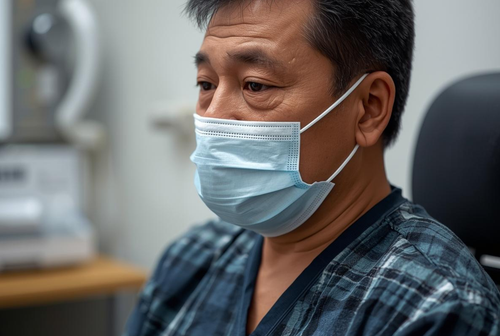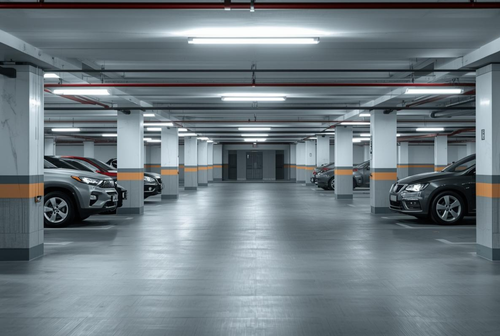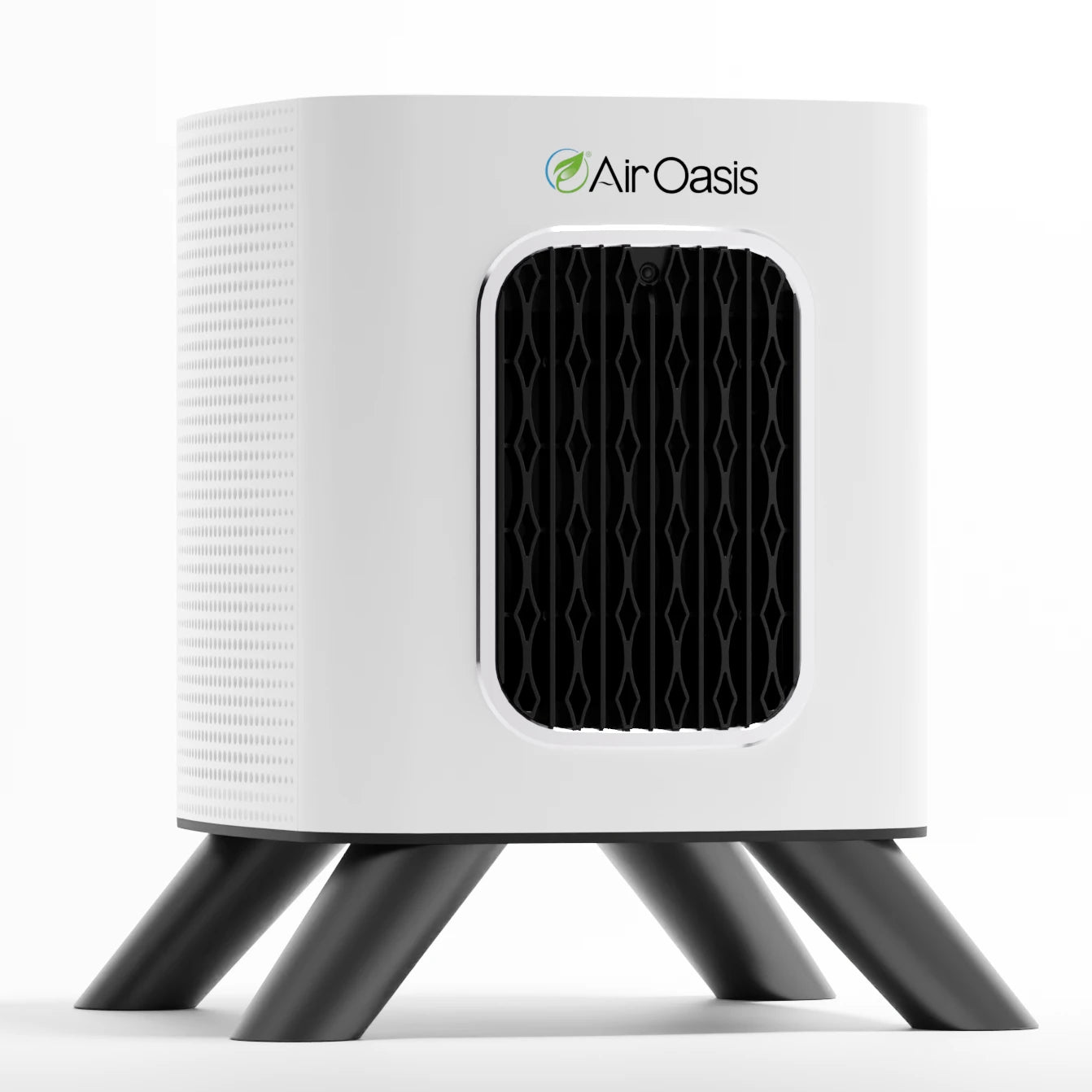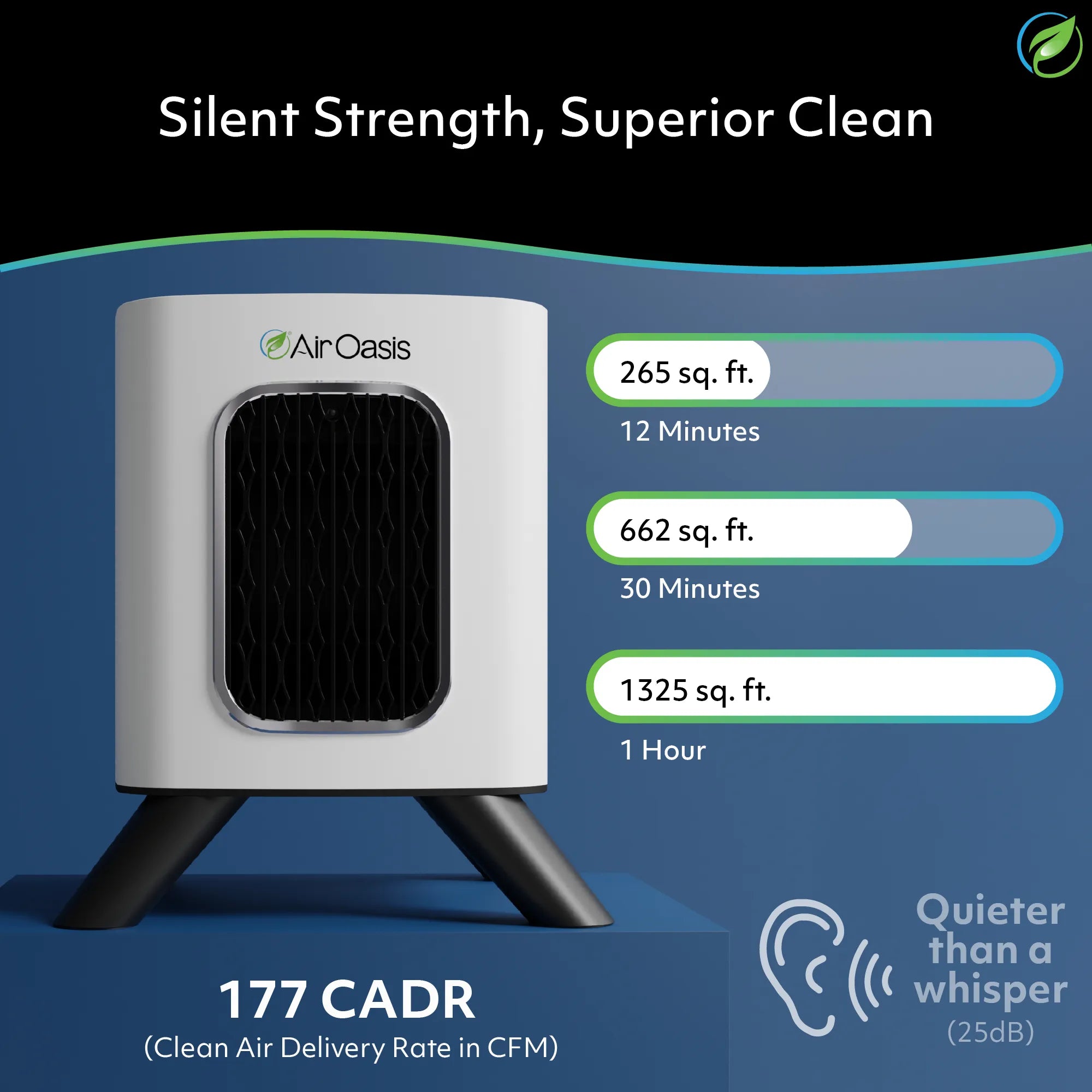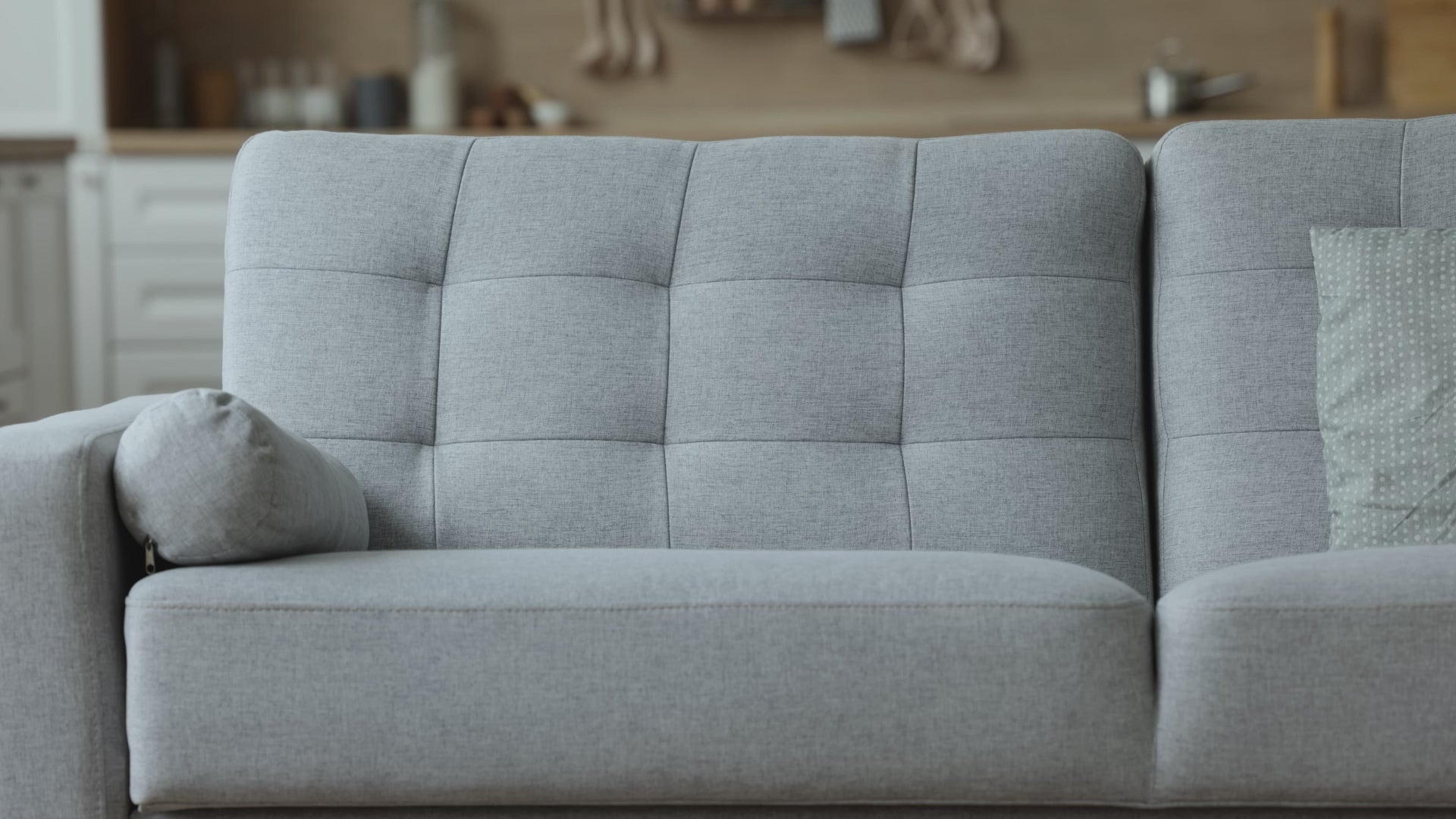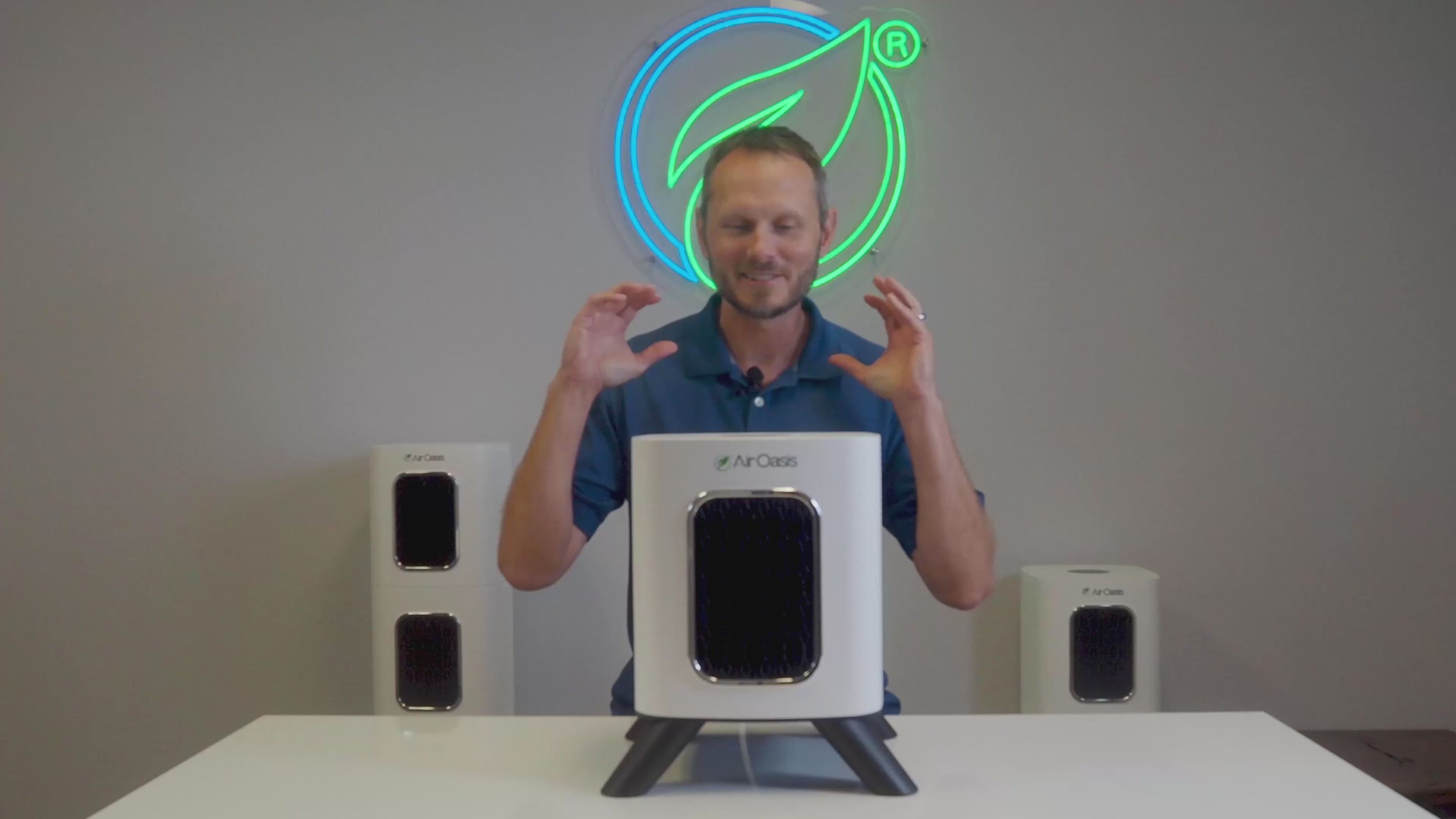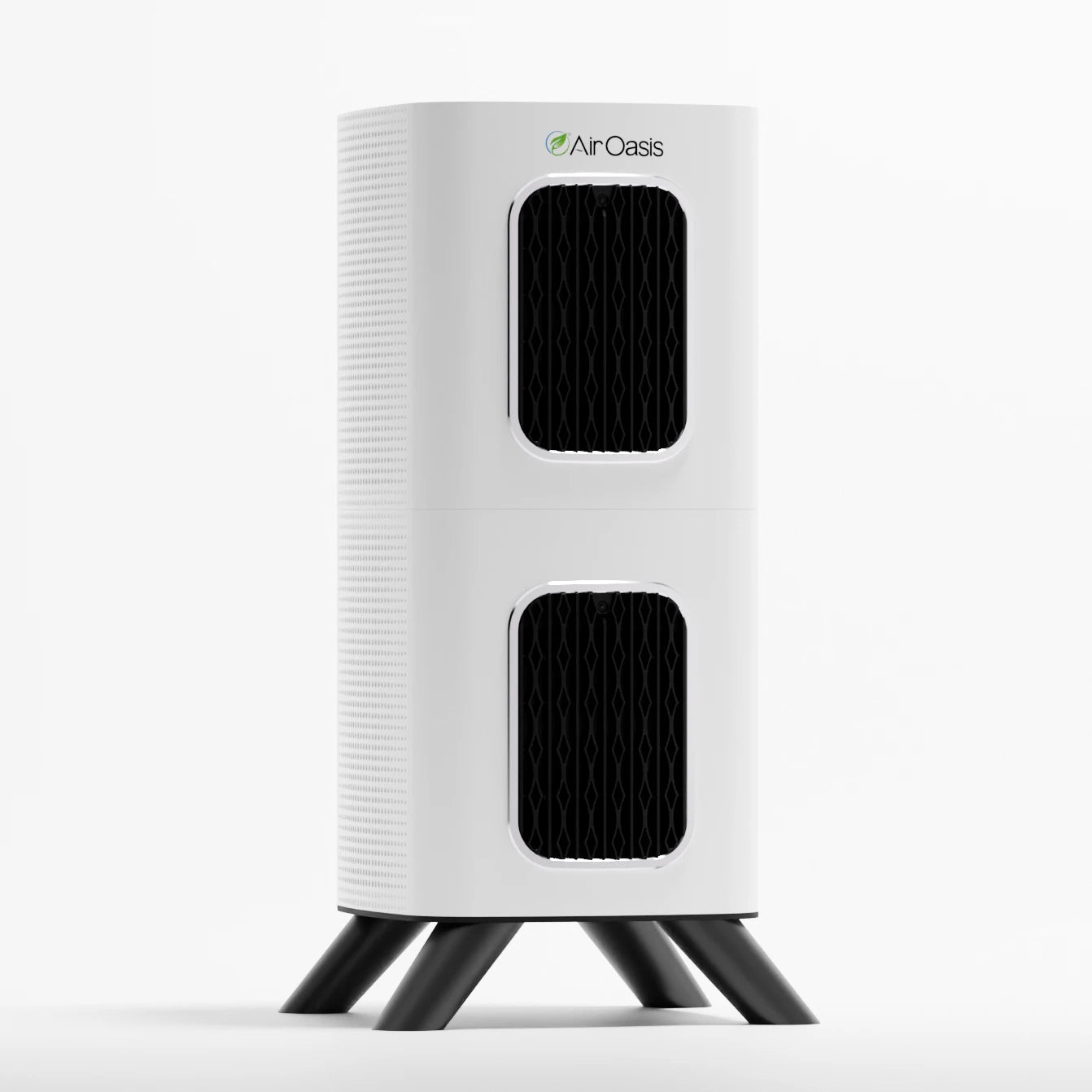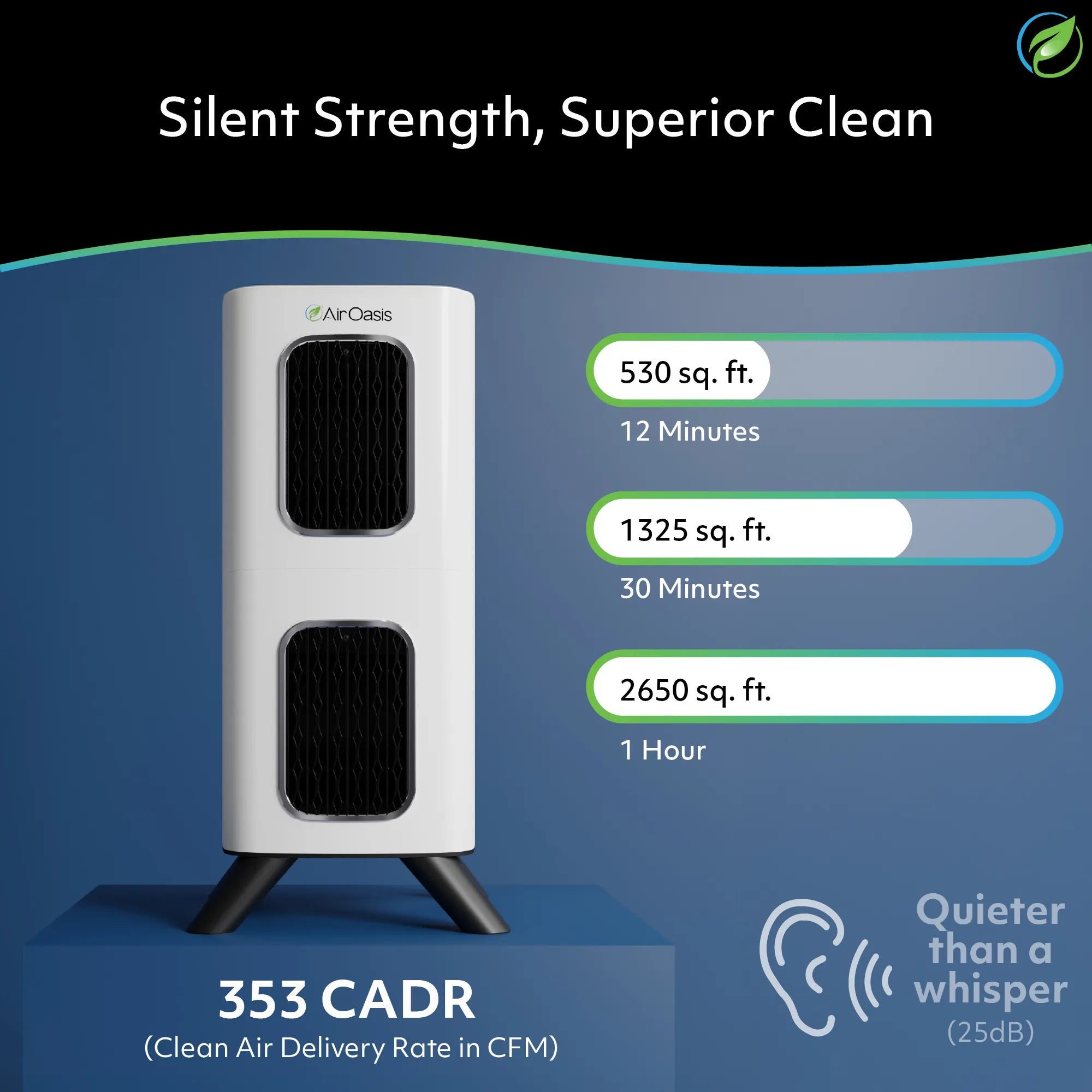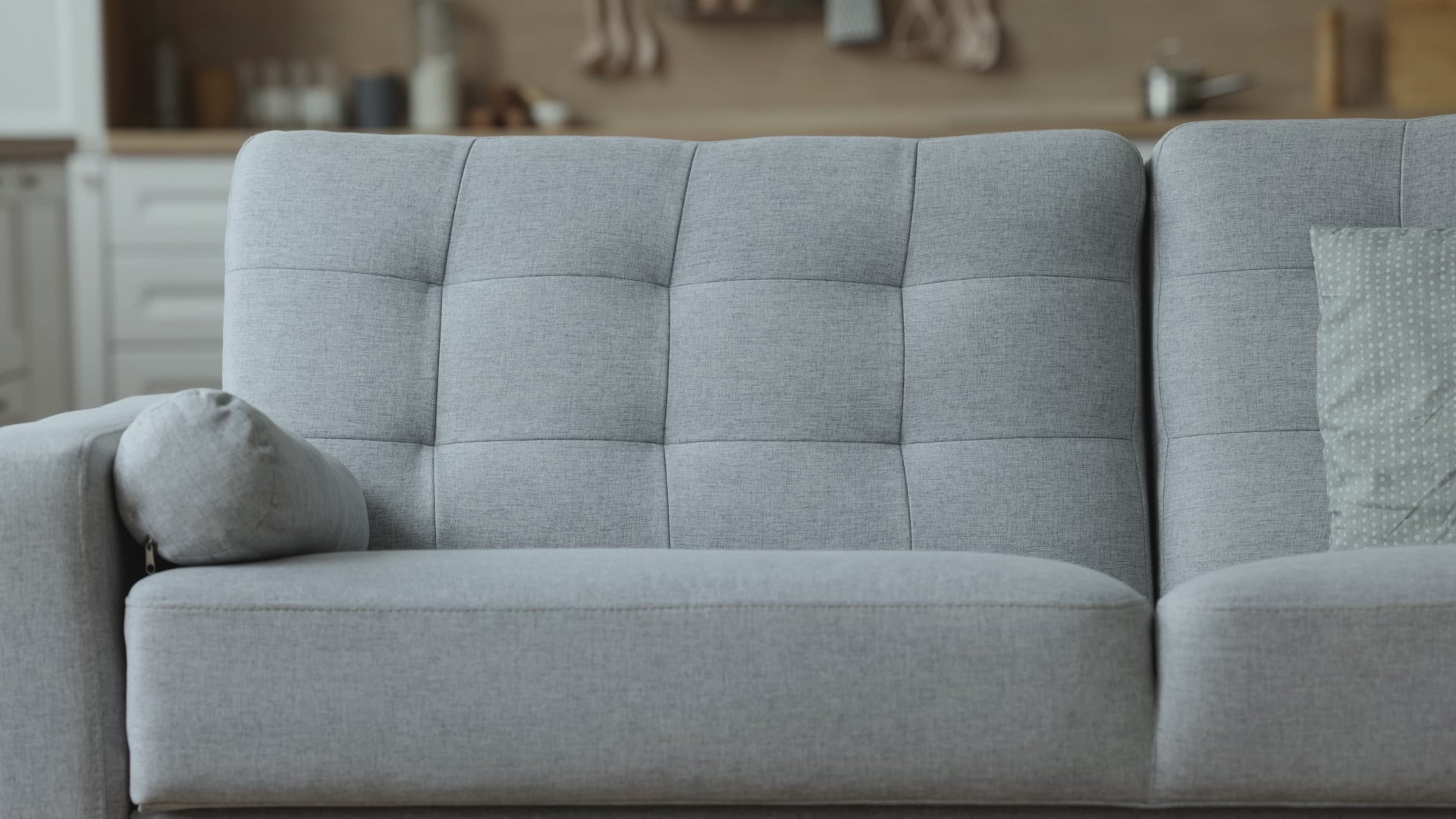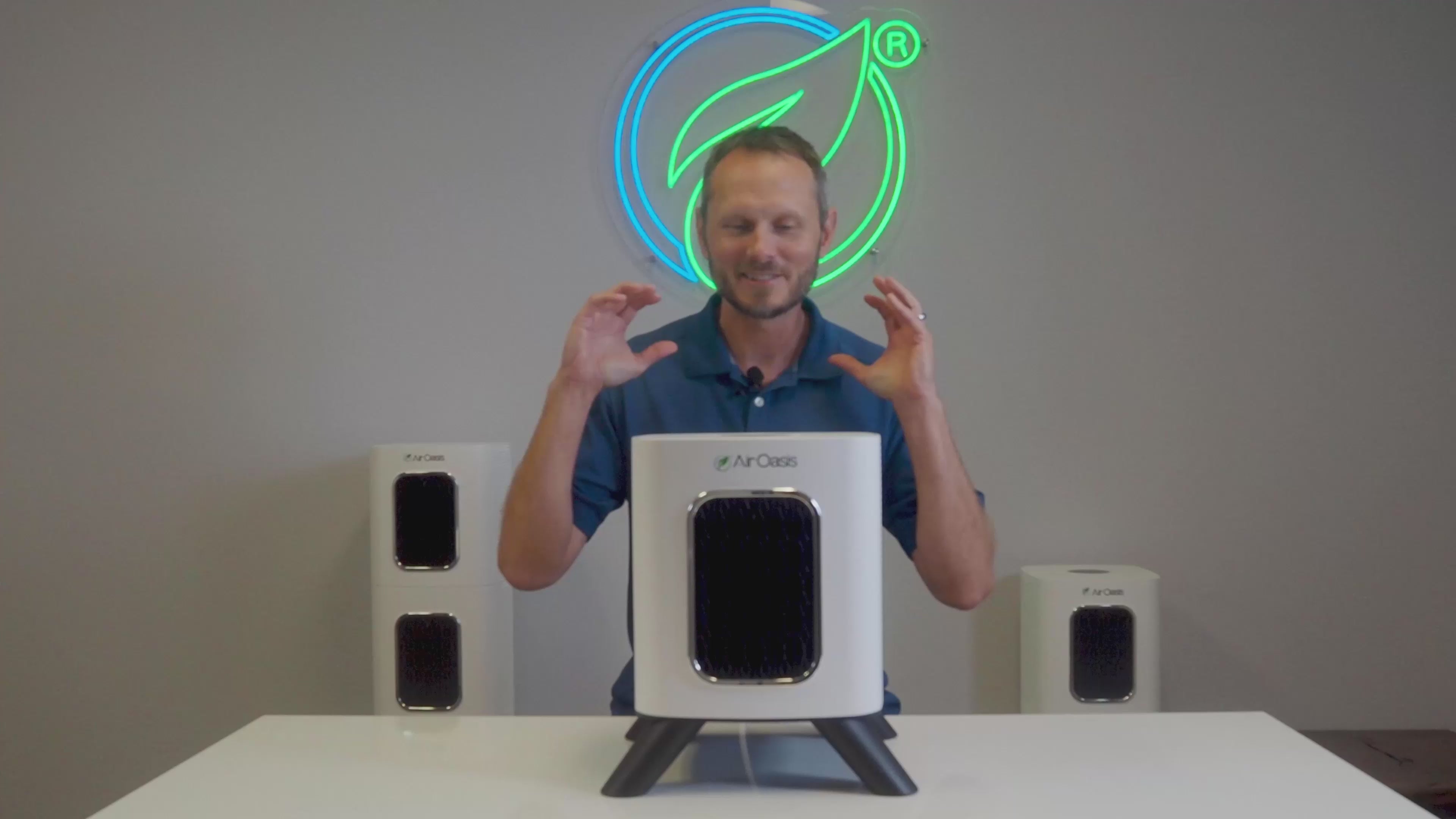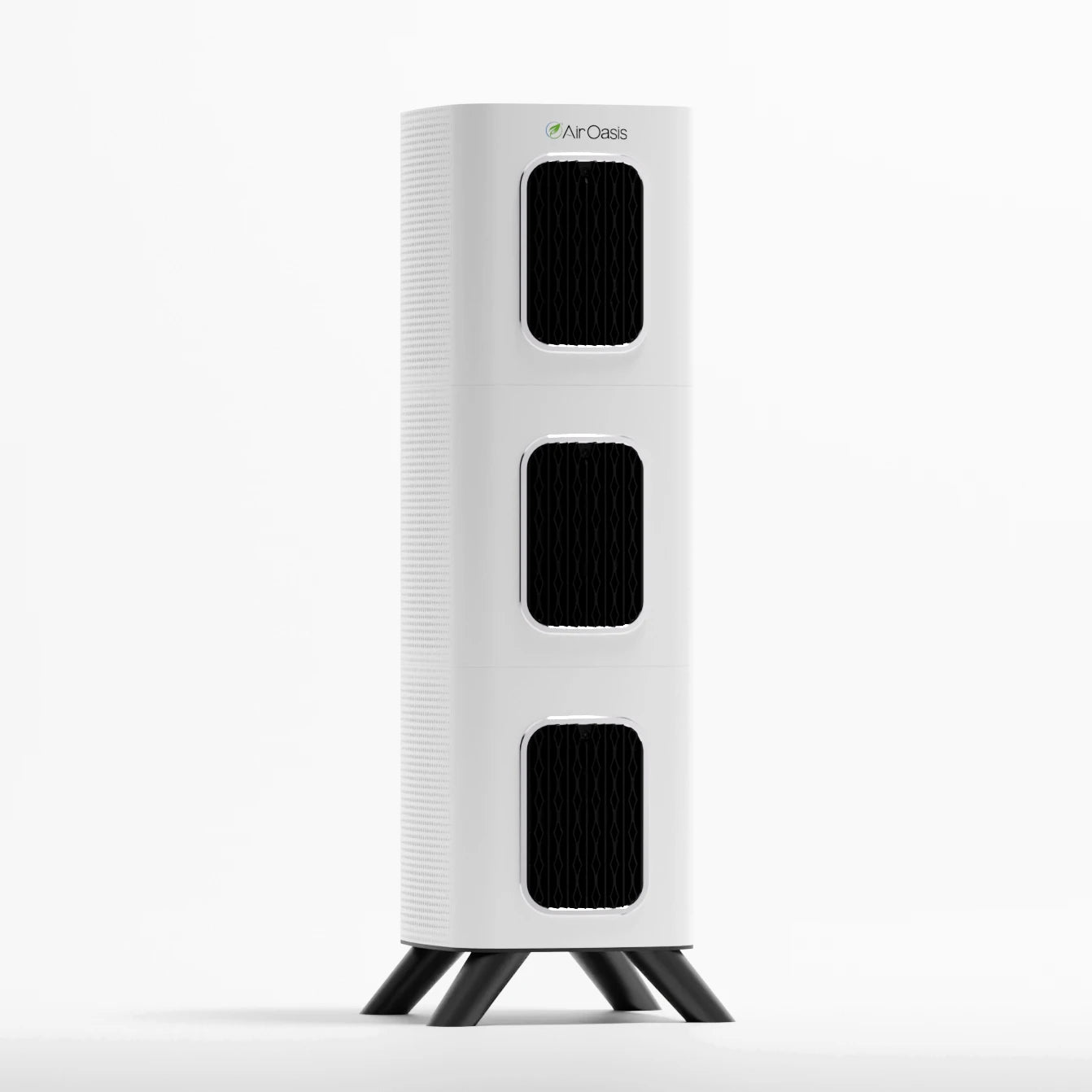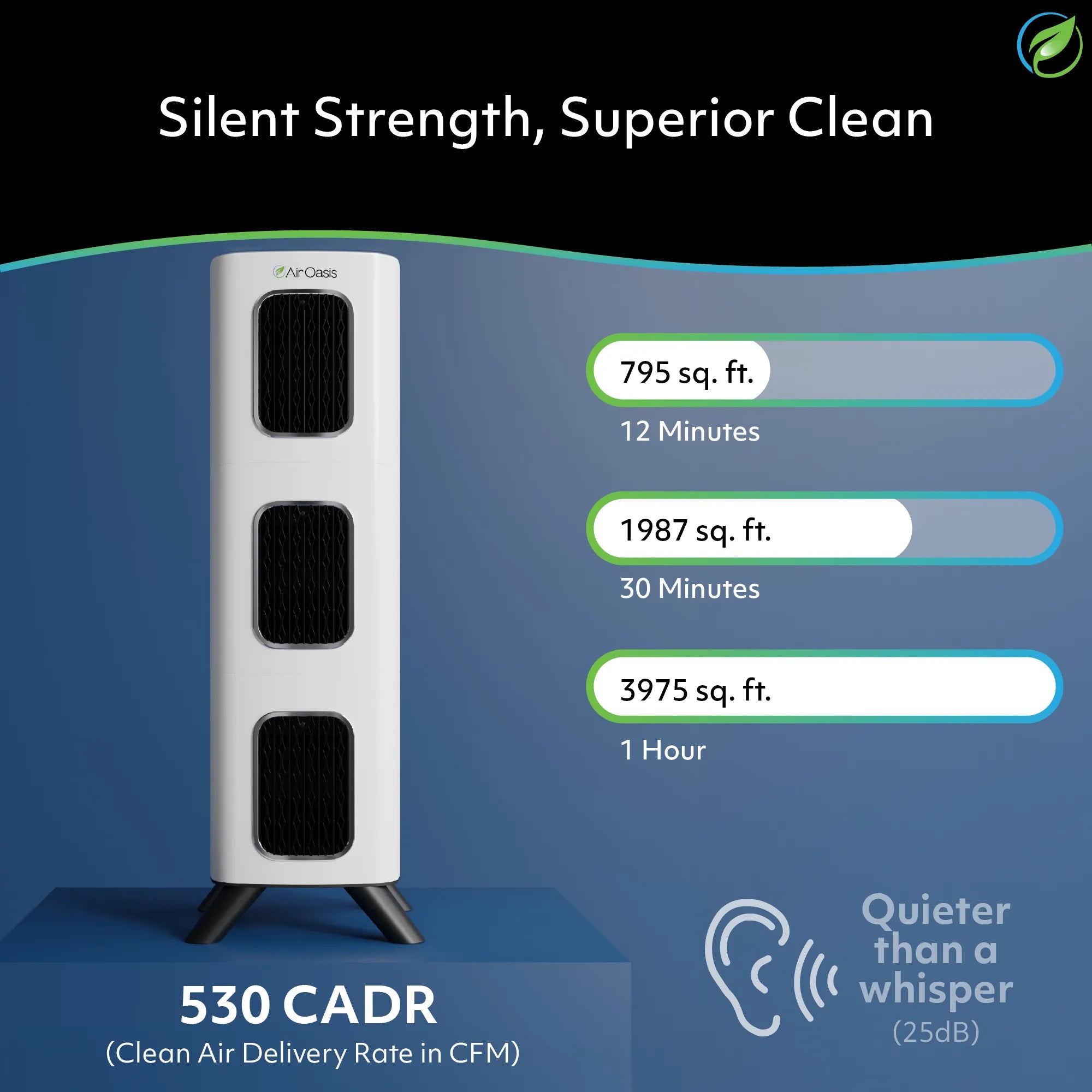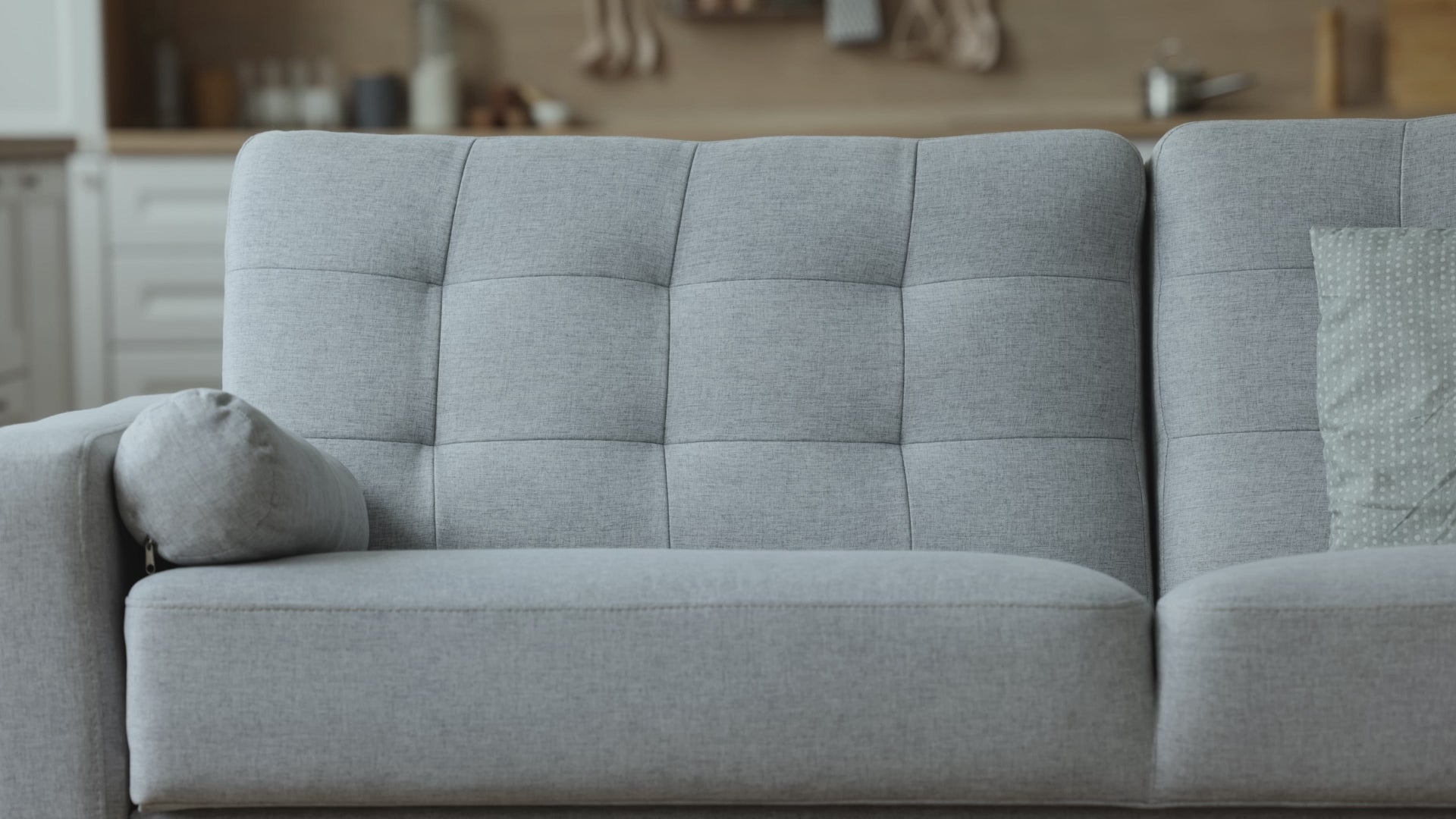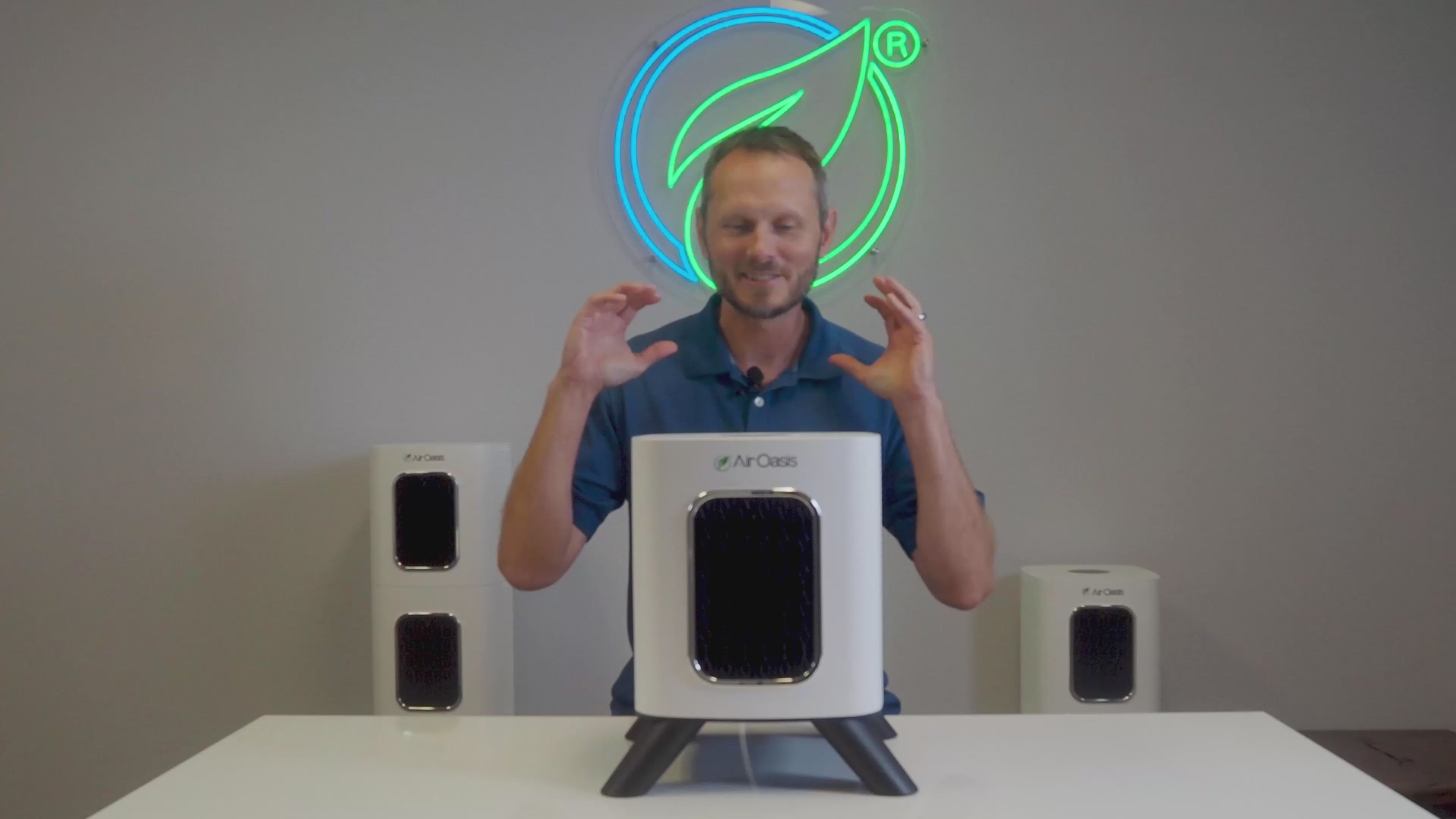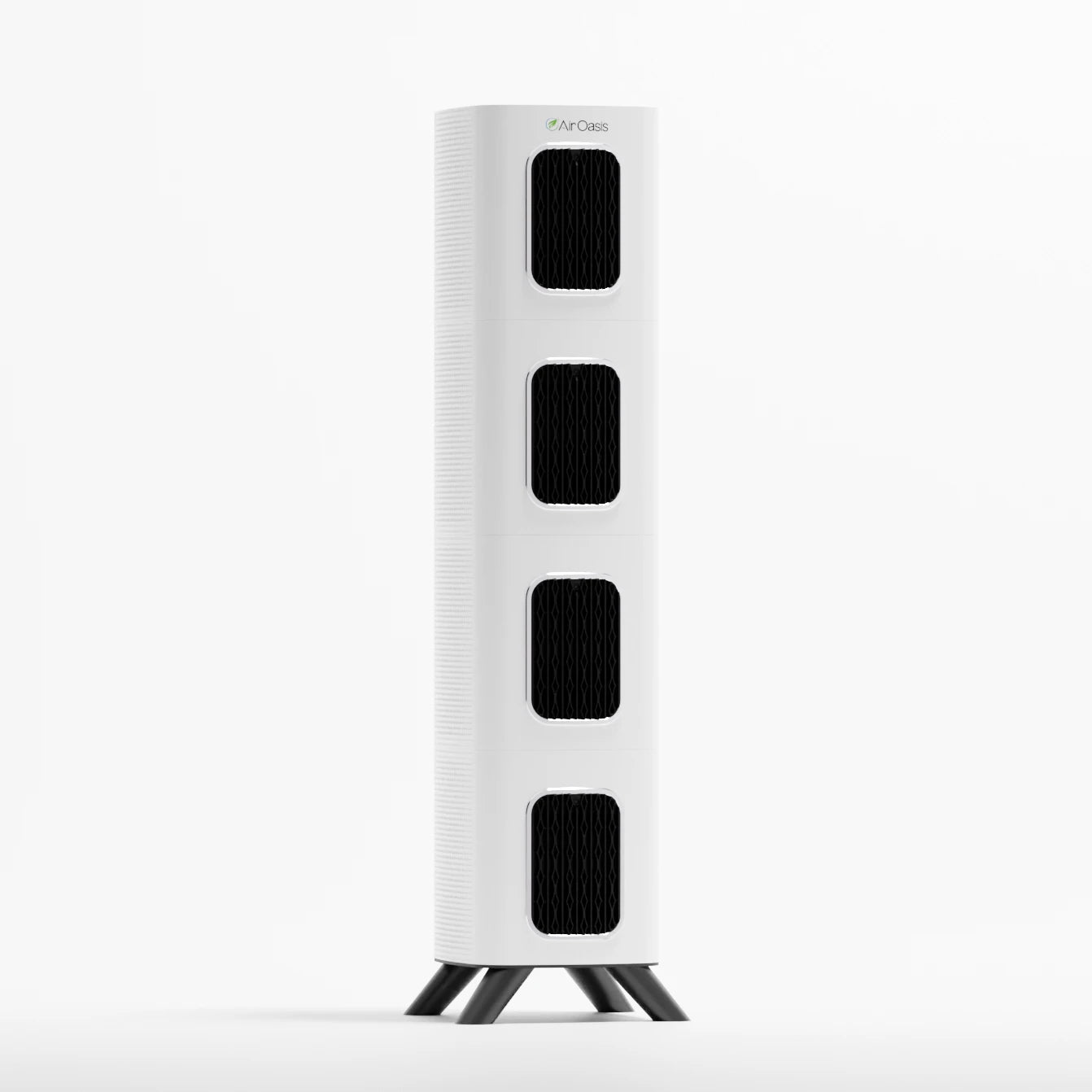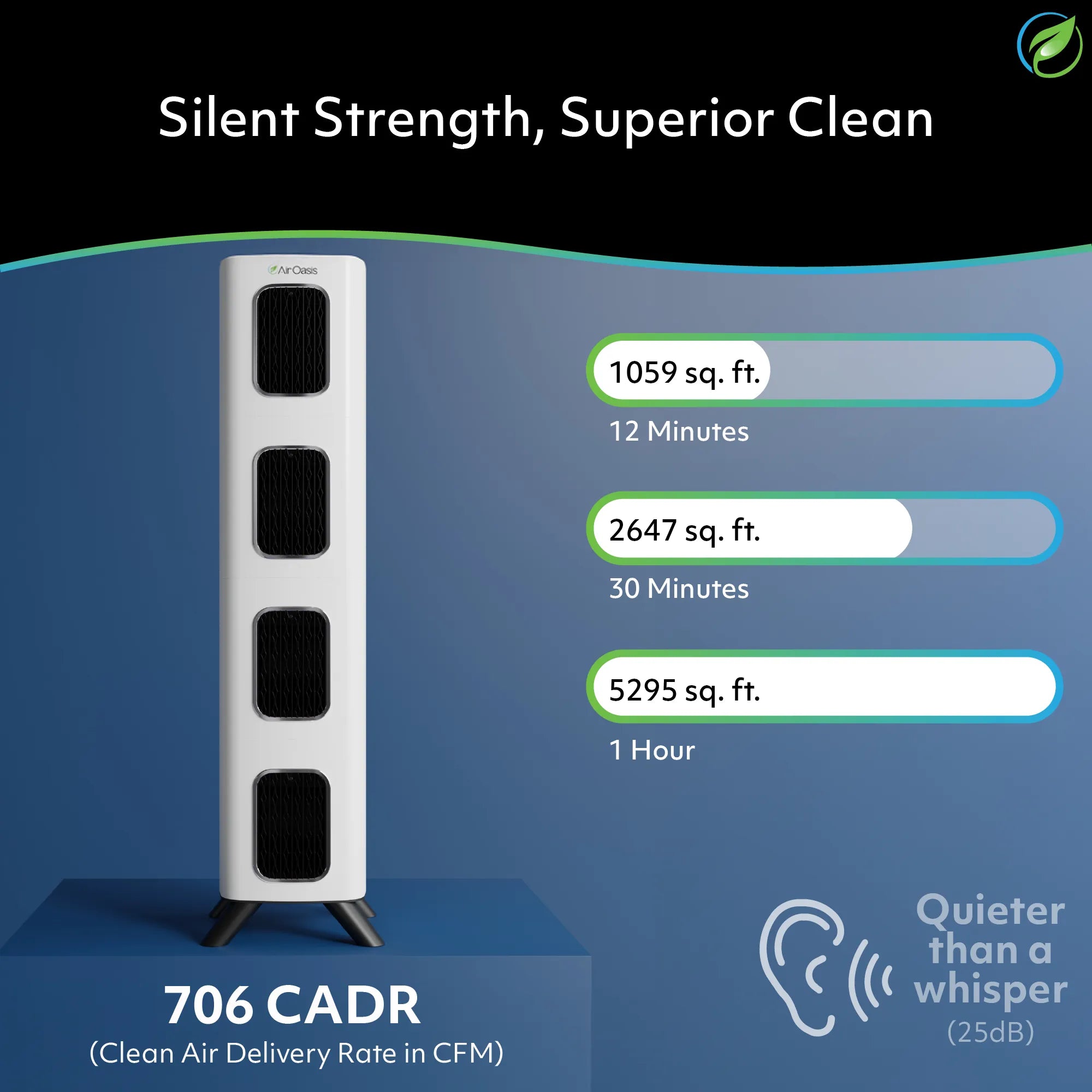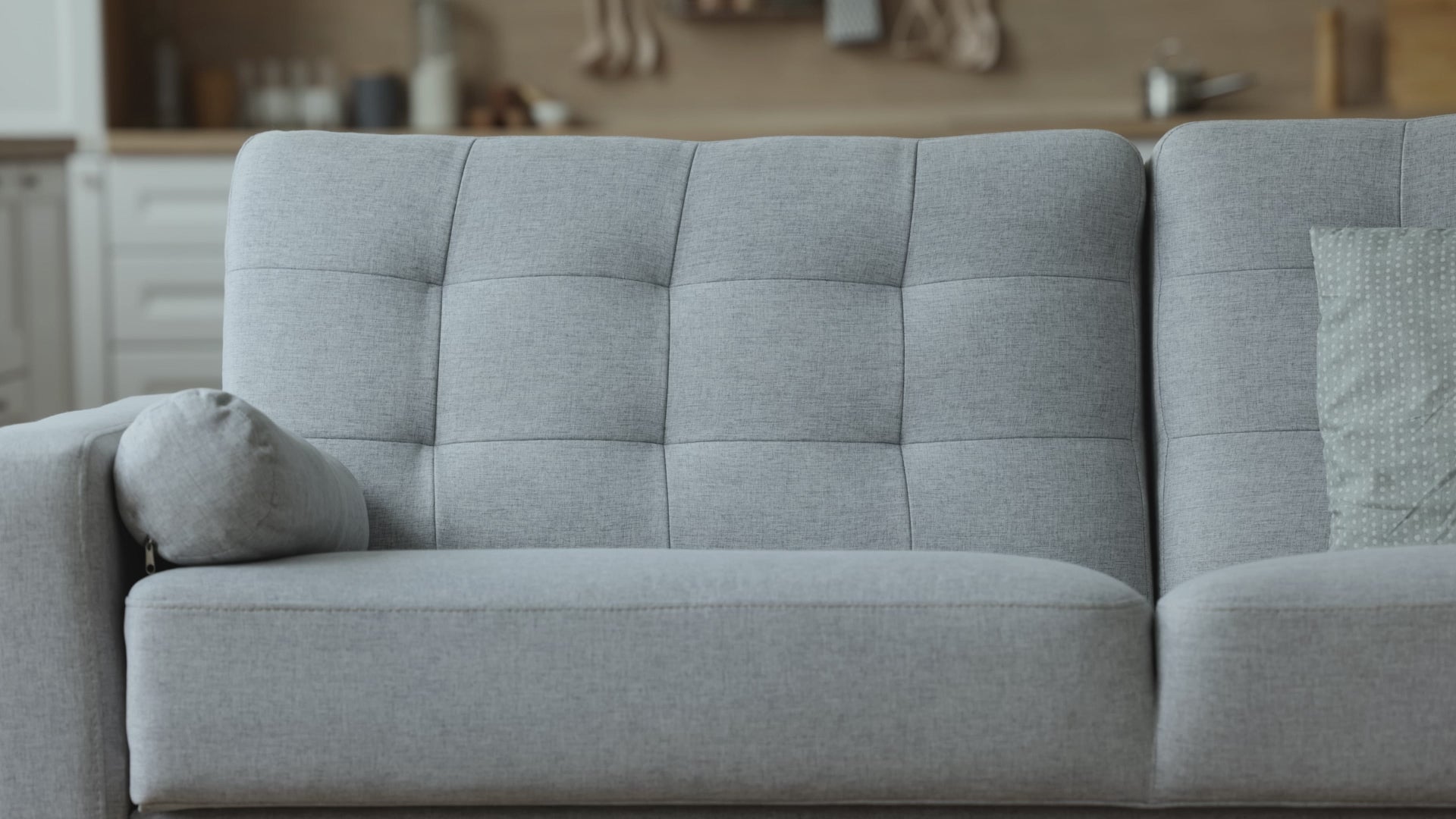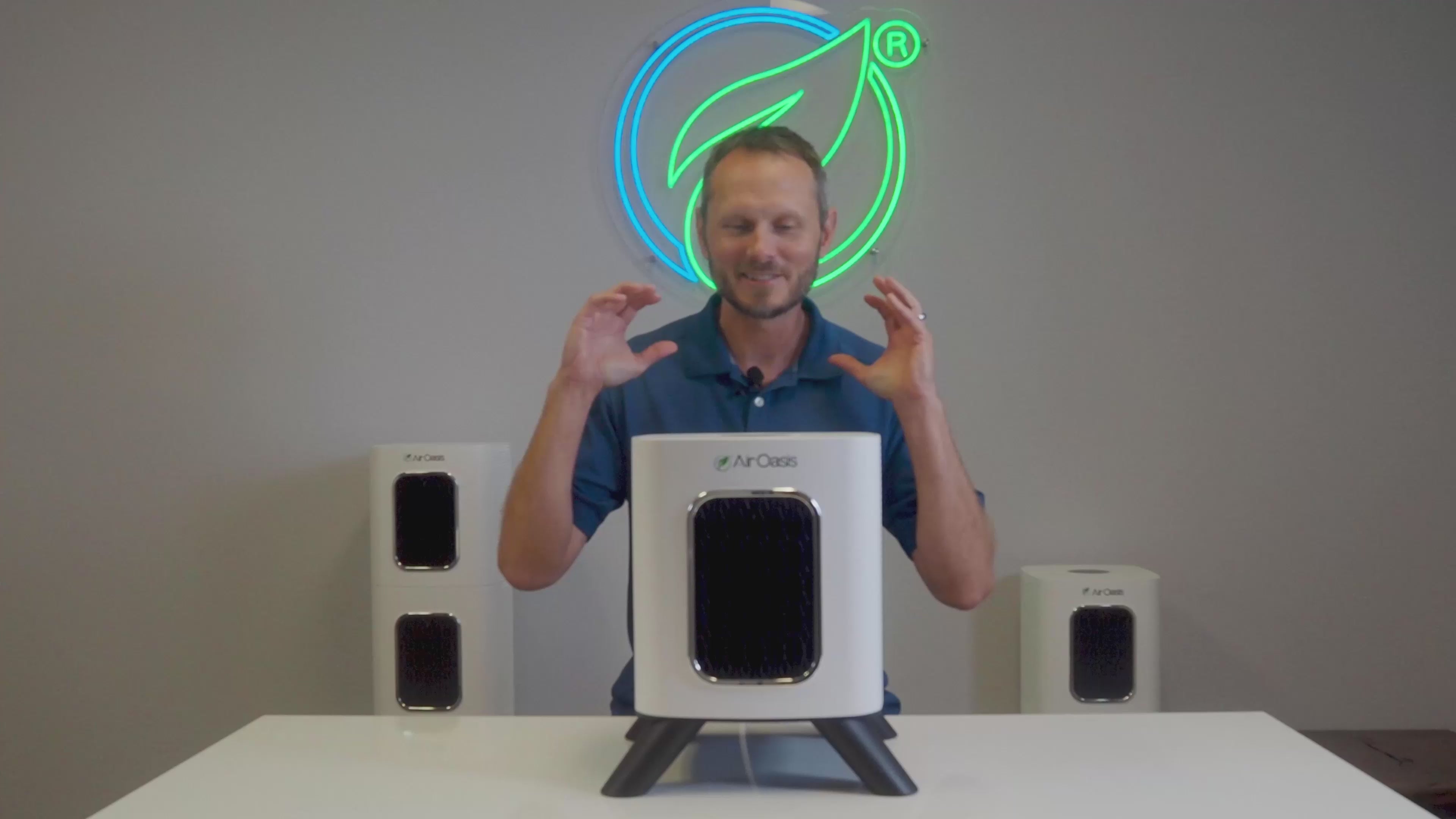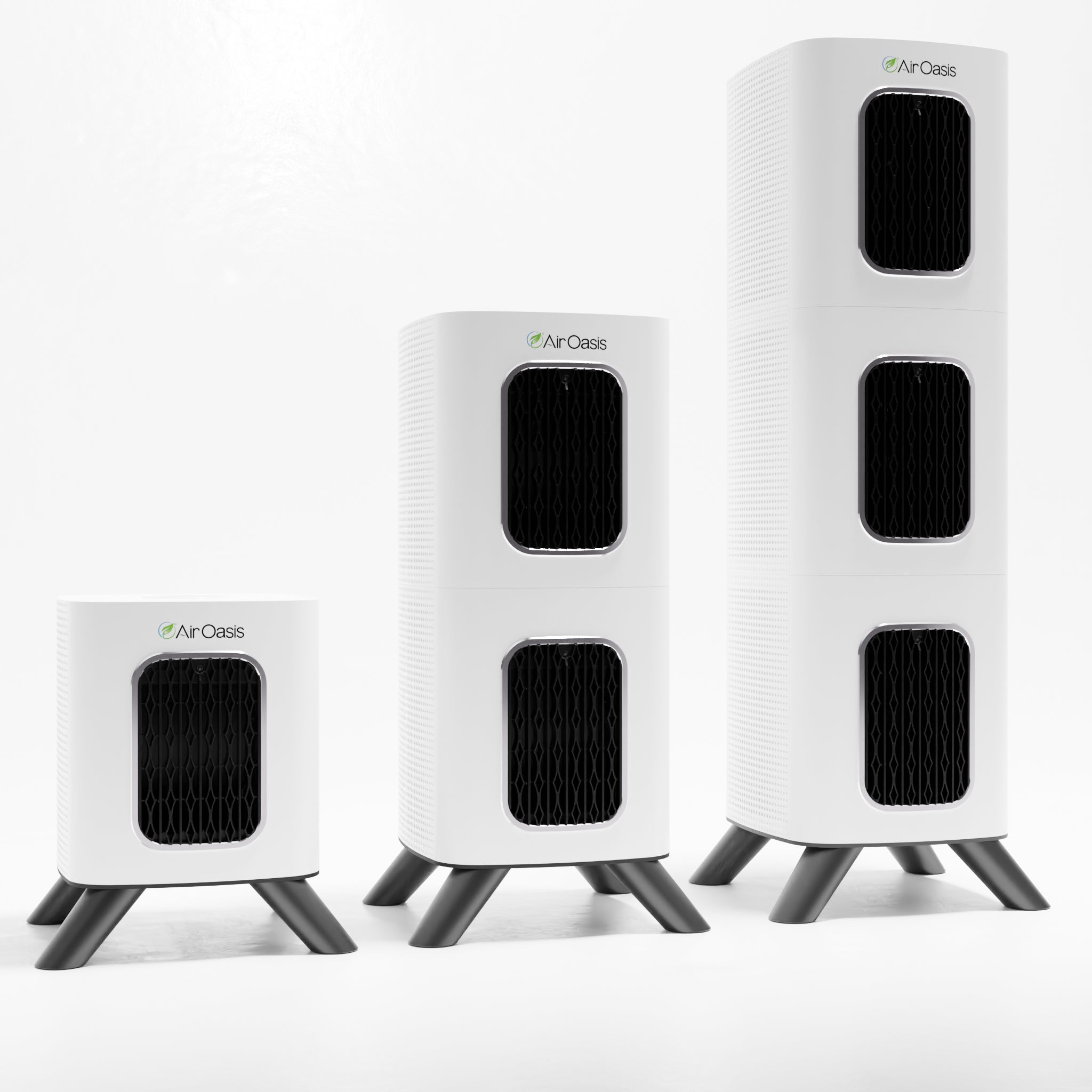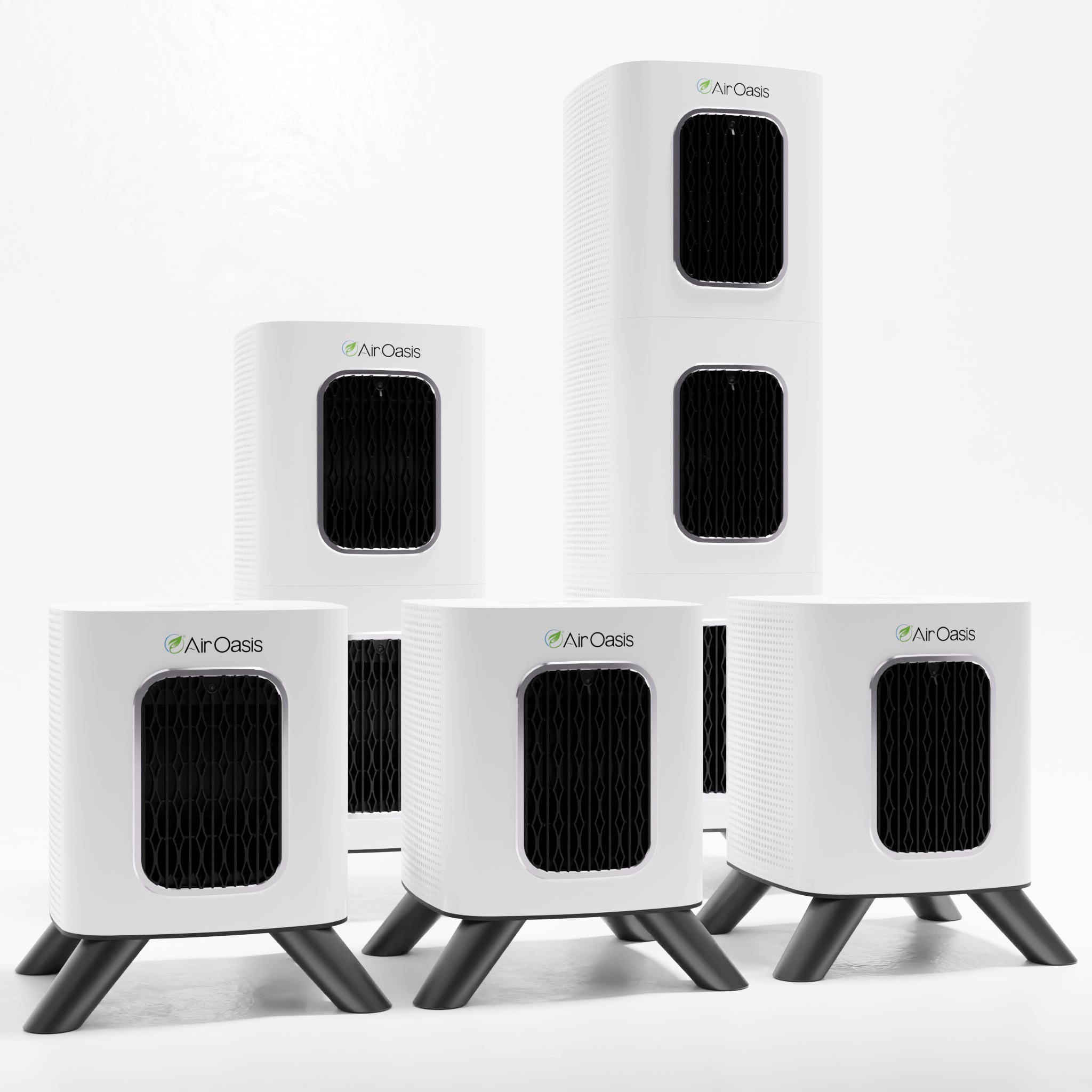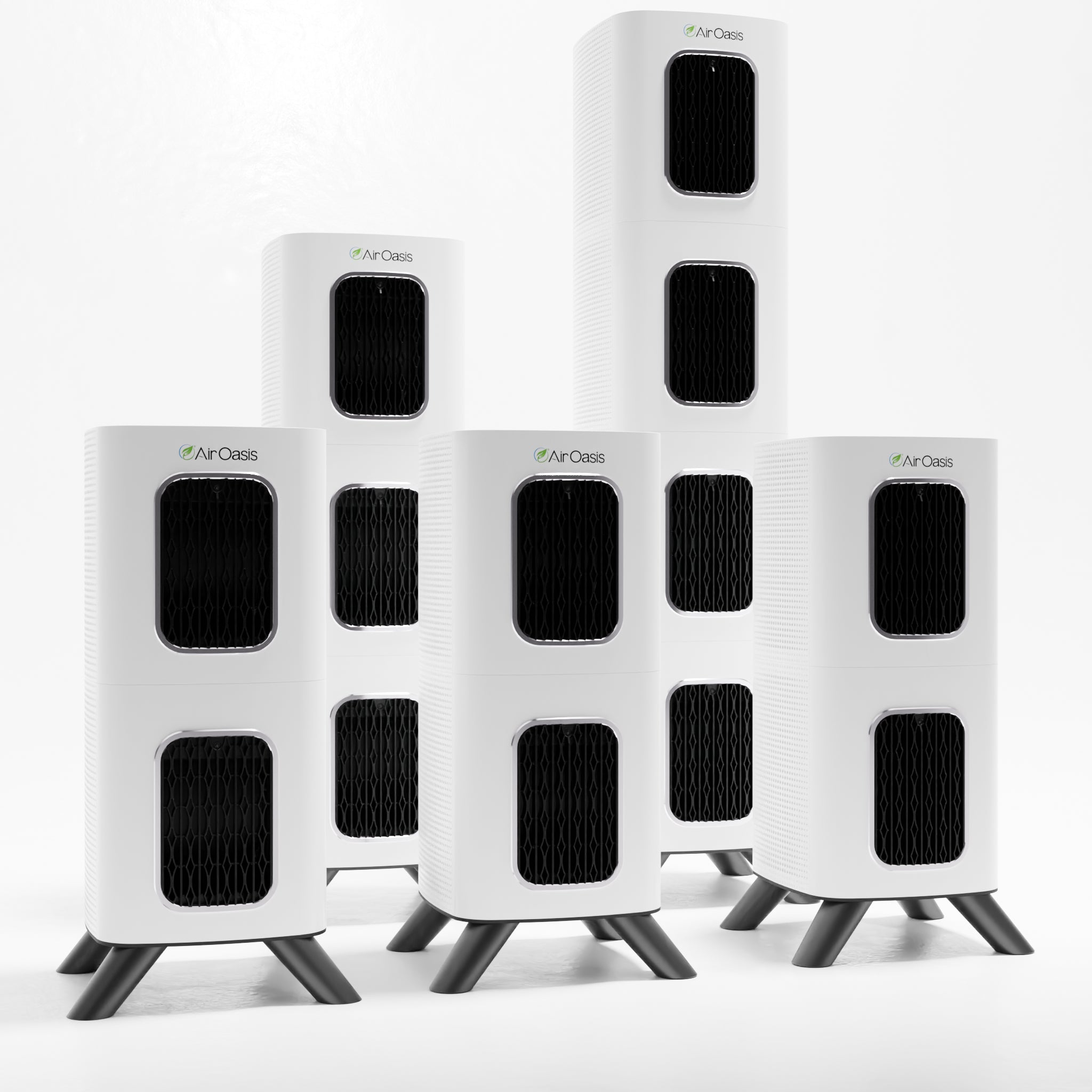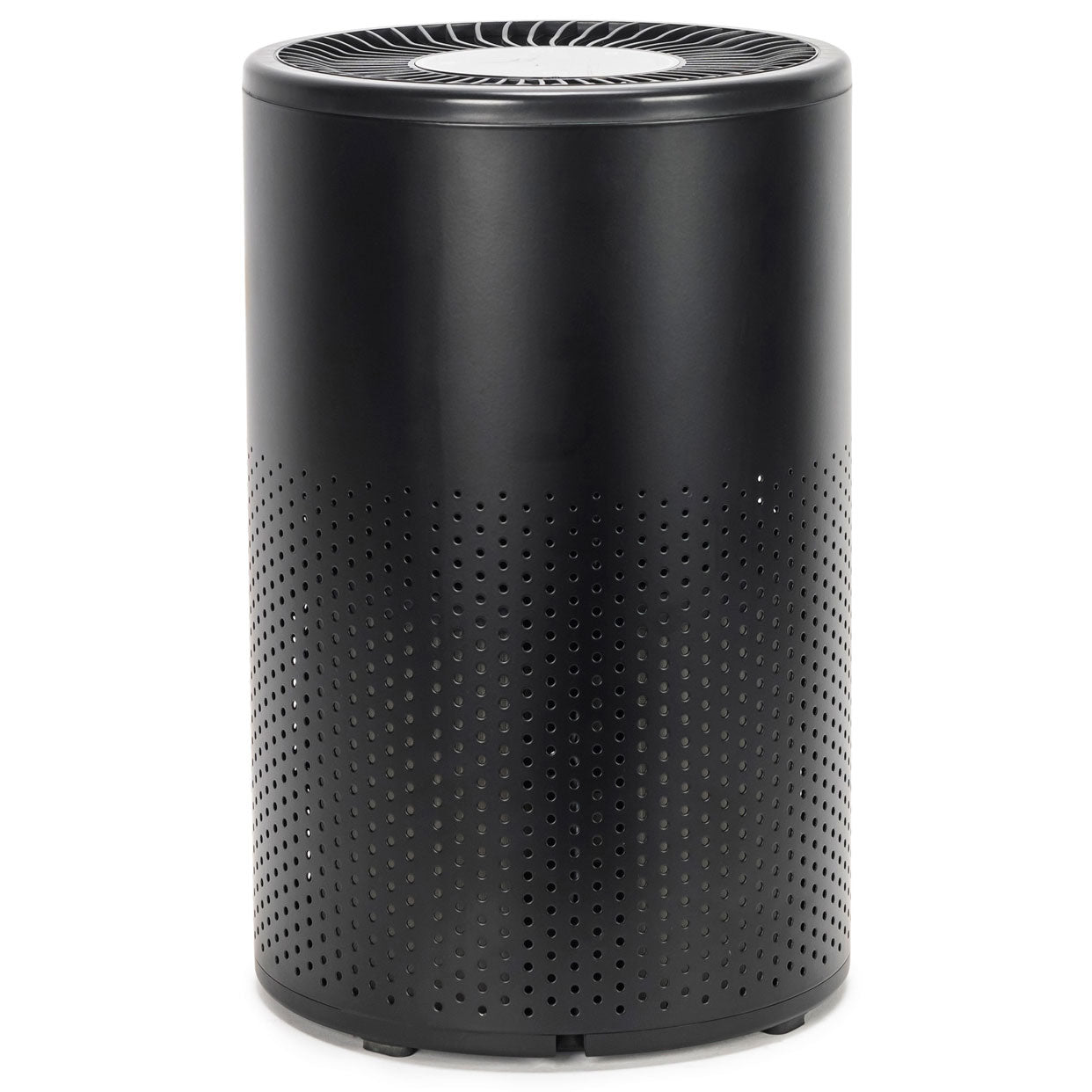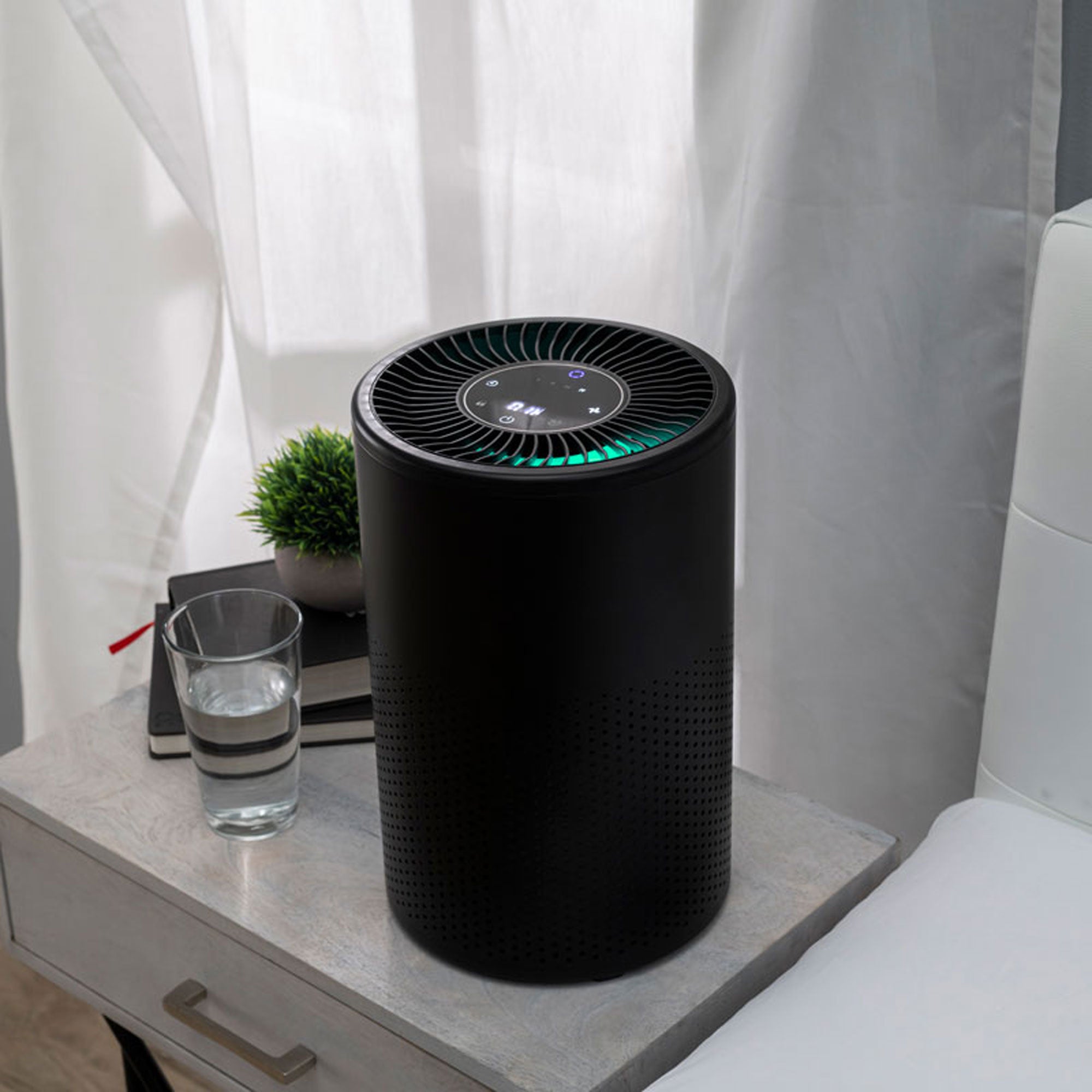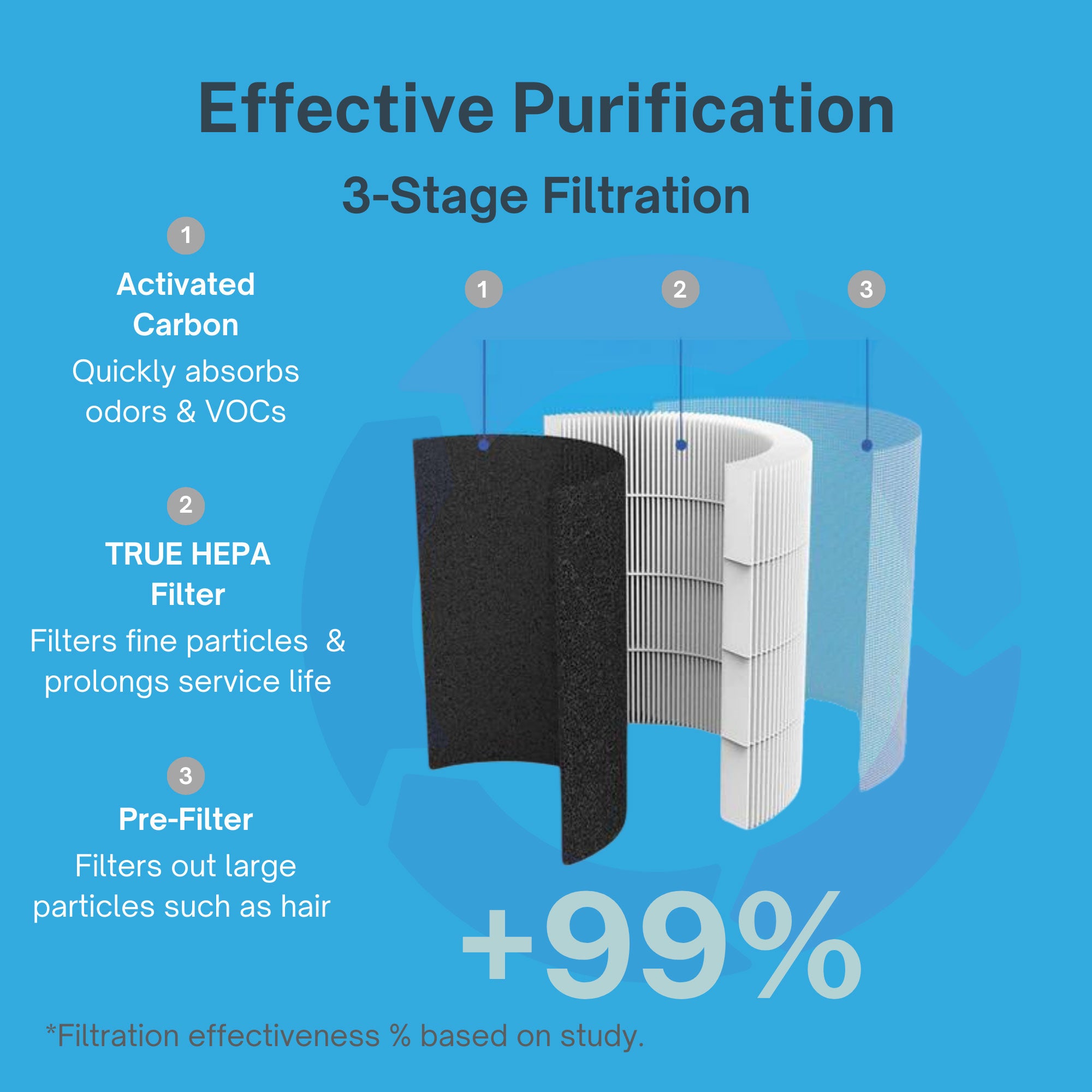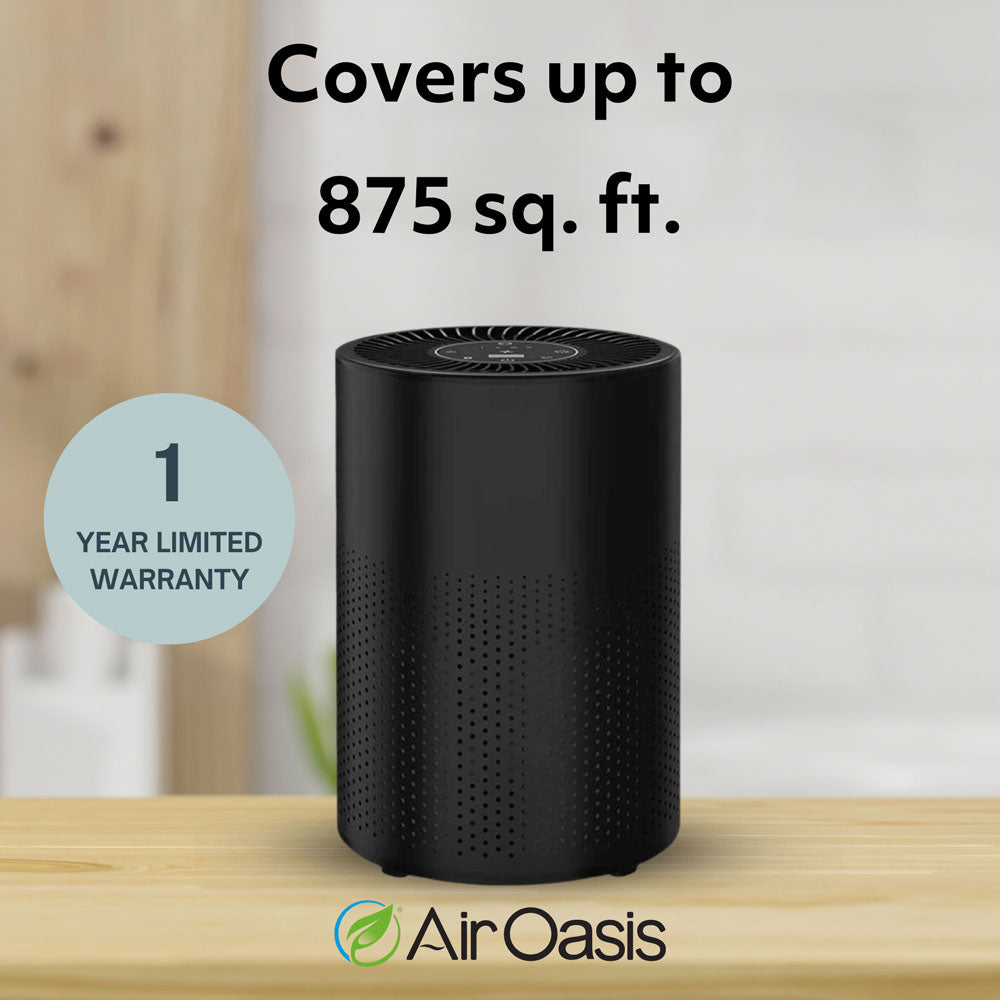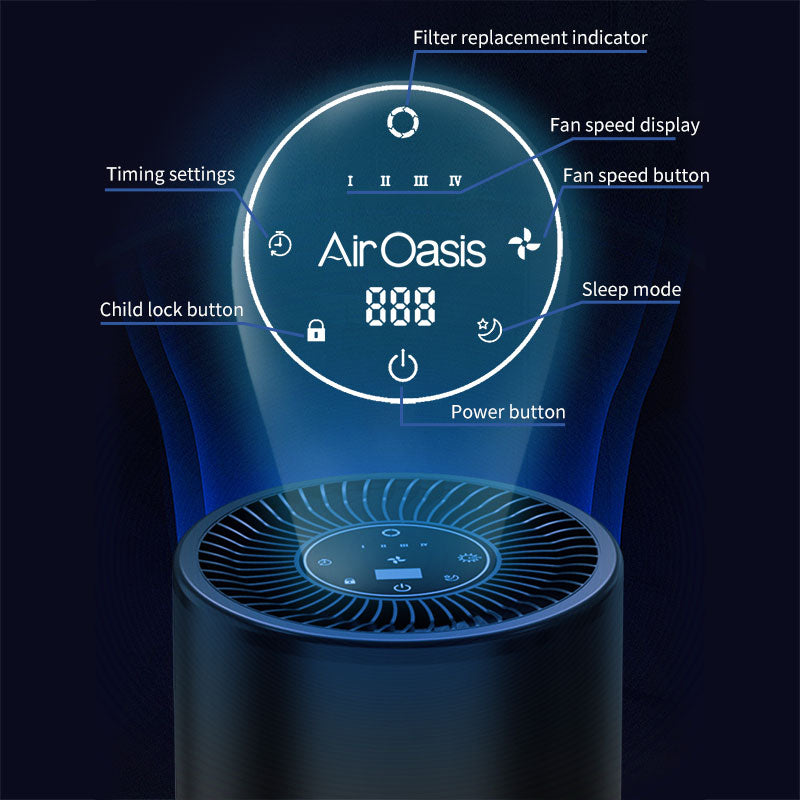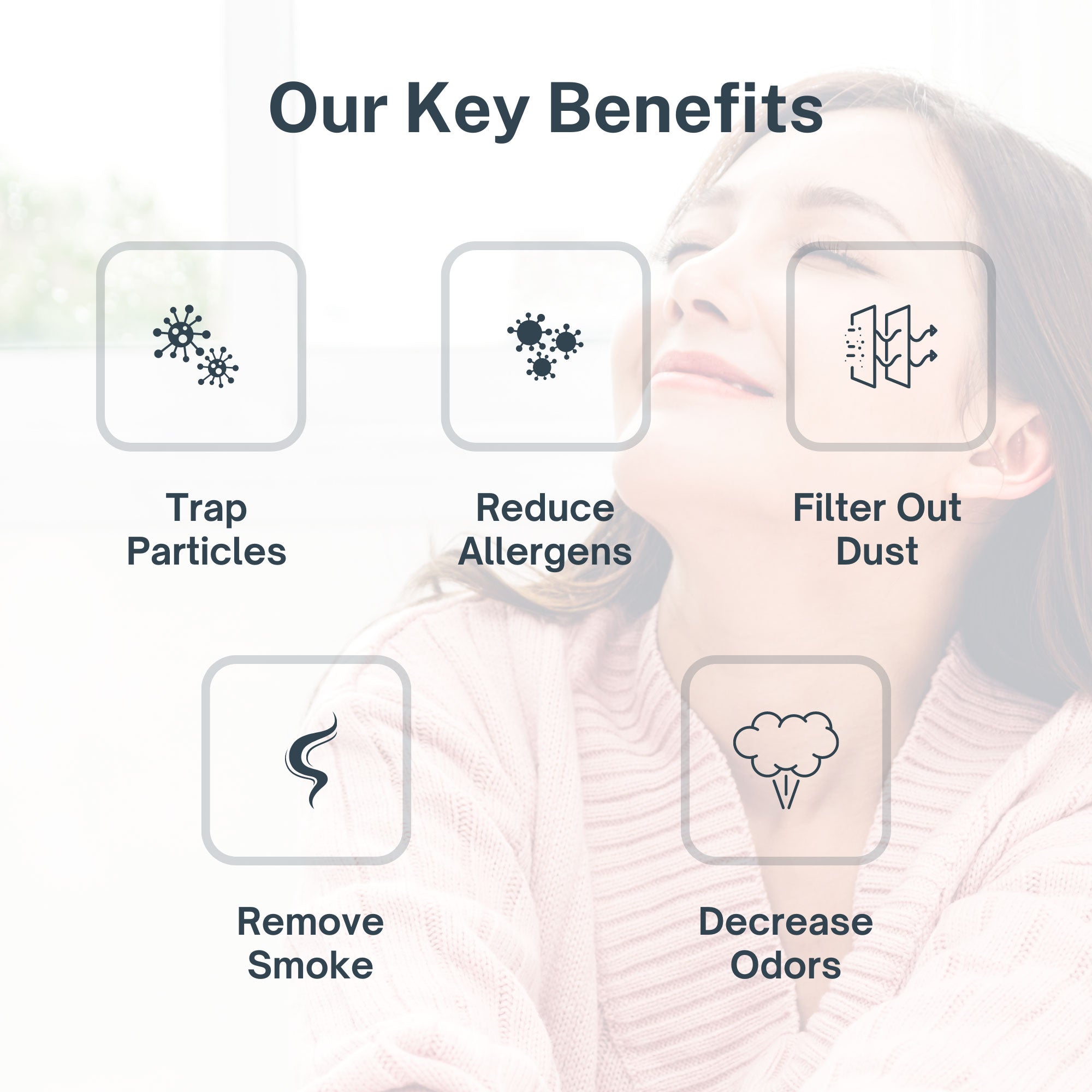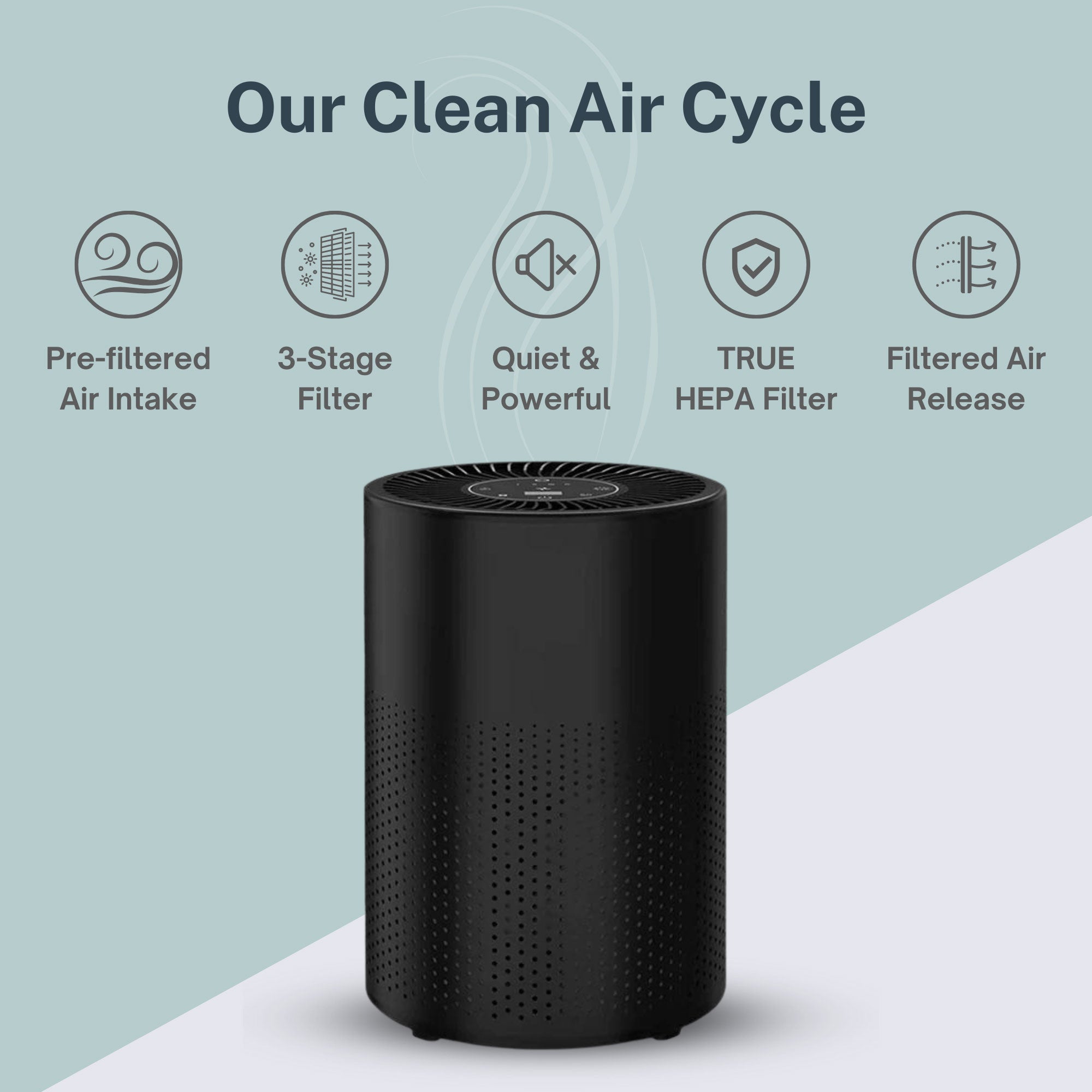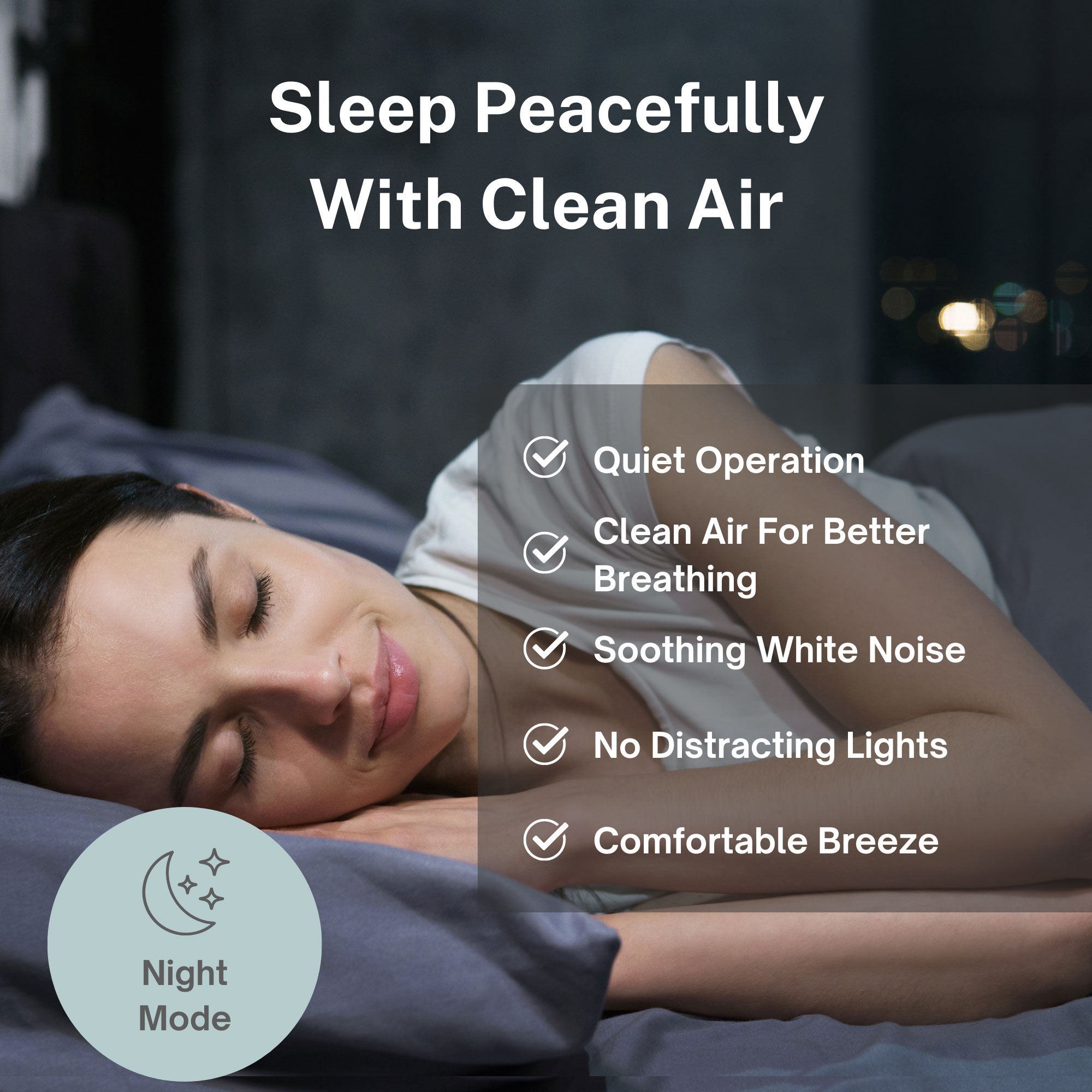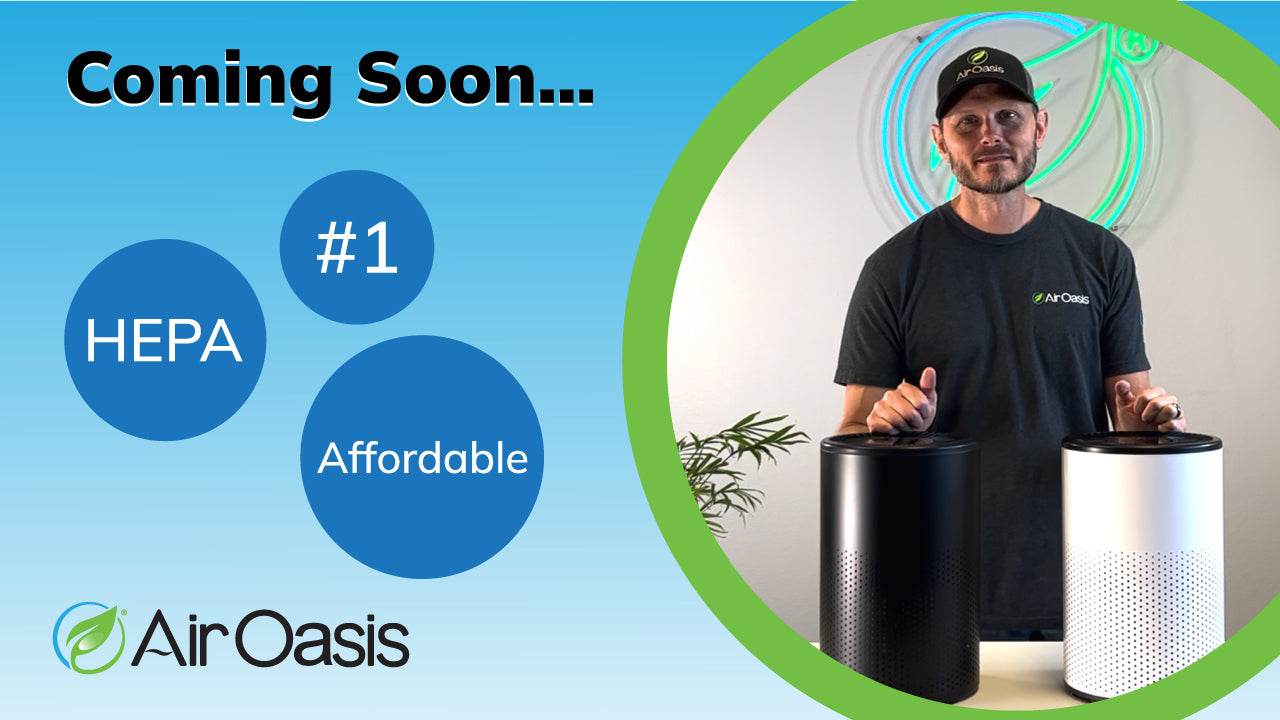You may have noticed that you get sick more often during the wintertime. That's because cold air energizes some viruses and also dries up our sinuses, leaving us more vulnerable to infection. It's also because we spend more time indoors, breathing air that has already been cycled through other people's lungs. Although colder months create ideal conditions for sickness, the truth is that you're always at risk for breathing airborne microbes.
Airborne microbes are biological contaminants that float in the air, including fungi, bacteria, viruses and certain toxins. As the pandemic era has taught us, airborne pathogens can travel easily from one victim to the next, infecting people who breathe the same air. Even when the air looks clean and smells clean, it can contain infectious particles.
Controlling Airborne Viruses and Bacteria in the Home
How do we steer clear of these invisible yet dangerous voyagers? In reality, it's not possible to eliminate them from indoor air altogether, but there are effective ways of minimizing their concentrations and preventing airborne transmission. One of the best ways to protect yourself is by running an air purifier for viruses and bacteria. This article will explore several effective strategies for improving indoor air quality for you and your loved ones.
At Air Oasis, we know that protecting yourself from viruses like COVID-19 is critically important. Our superior air purifiers can help reduce the presence of dangerous pathogens in your home and workspace so that you can get back to the things that matter most.
What are Airborne Diseases?
Contagious illnesses can be spread through viruses and bacteria. Although both are invisible to the naked eye, they differ in a few key ways. Bacteria are free-living cells, which means they can survive inside or outside of the body. In contrast, viruses are non-living molecules that need a host to survive. Many illnesses start with a viral infection, but they can end up causing so much damage that they invite bacterial infections as well.
Airborne Viruses vs. Airborne Bacteria
Viruses can spread through both airborne transmission and contact transmission. Some viruses travel in spit and mucus that are ejected from an infected person when they breathe, talk, cough or sneeze. Larger droplets, like those emitted from the respiratory tract, are generally too heavy to float and fall to the ground. Smaller droplets, however, can hang suspended in the air. When a virus is easily aerosolized, such as SARS-CoV-2, it is more communicable.
Infectious bacteria become airborne in the same way that viruses do: through droplets and aerosols. Bacteria fragments can also travel on skin cells, dust and other organic and inorganic materials. A person can develop a bacterial infection after inhaling these particles, two examples being streptococcus and tuberculosis.
Common Airborne Disease Symptoms
Whereas ingesting bacteria like Escherichia coli (E. coli) would primarily cause stomach and digestive issues, breathing bacteria or viruses generally results in respiratory inflammation. Symptoms of airborne pathogens may include sinus congestion, sore throat and lower respiratory tract symptoms, such as cough and lung congestion.
Airborne Disease Transmission
Airborne bacteria and viruses don't spread easily all of the time. Successful airborne transmission depends on a number of environmental factors, including the following:
-
Temperature
Certain viruses, such as influenza, are more active in cold temperatures. Conversely, bacteria are less cold-resistant and tend to lay dormant in colder months. -
Exposure to sunshine
Ultraviolet (UV) light rays can harm both bacteria and viruses, which is why countries with higher averages of daily sunshine are less prone to airborne transmission. -
Humidity levels
Water vapor in the air may aid in airborne transmission, as droplets can insulate both bacteria and viruses from UV light. -
Wind
Although wind can spread airborne pathogens farther, it also decreases their concentration in a particular area.
Other factors such as socioeconomic status and rural vs. urban living contribute to transmission patterns. For example, urban dwellers in close living conditions can experience increased transmission of airborne pathogens.
How to Reduce Airborne Viruses and Bacteria
The best way to avoid catching a bug is to reduce contact with people who are sick. However, it's not always possible to tell when someone is infected, and even when it is, isolation is not always practical. Luckily, there are other ways to reduce airborne bacteria and improve indoor air quality.
Greater Air Circulation
When you circulate air, you're replacing the old, stale air with a fresh supply. If your indoor air is bacteria- or virus-laden, circulation can reduce their concentrations. You can improve indoor air ventilation by following these tips:
- Open doors and windows whenever possible to bring in fresh outdoor air.
- Use fans to promote air flow by moving indoor air outside.
- Switch your HVAC system from “auto” to “on” when you have visitors or when one of your home's occupants is sick.
- Use high-quality, pleated air filters in your ventilation systems.
- Turn on the exhaust fans in your kitchen and bathroom.
- Consider using air purifiers to improve indoor air quality.
Taking time to improve air flow can drastically reduce the presence of infectious pathogens in your home's air. Additionally, it can improve indoor air quality, which is a major factor in overall health.
Surface Disinfection
Airborne viruses and bacteria don't stay afloat forever; they eventually fall to the ground or nearest surface. By adopting a regular cleaning routine that involves disinfection, you can kill and remove them so that they don't become airborne again. However, it's important to be selective with indoor cleaning products, as many of them release volatile organic compounds that can harm your health.
Air Filtration
Viruses and bacteria aren't the only indoor contaminants that can float through the air and cause sickness. Allergens like mold, dust mites, pet dander and pollen can also become airborne. Using high-quality filters in HVAC systems can help trap larger particles, but not all of them. True HEPA air purifiers capture more than 99% airborne particulates and greatly improve indoor air quality.
UV Lights
New research shows that some viruses, including SARS-CoV-2, are extremely vulnerable to UV light exposure. A 2020 study found that a particular wavelength of UV light killed more than 99.9% of seasonal coronaviruses present in airborne droplets. Additionally, the wavelength used in the study is safe for humans, which means that UV light may be one of the better defenses against airborne viruses and bacteria.
Photocatalytic Oxidation (PCO)
Photocatalytic oxidation (PCO) is a technology that uses UV light photons and a catalyst to spur a reaction. This reaction creates long-lasting ions that are helpful for air disinfection. PCO is commonly seen in ionic air purifiers, although the technology's effectiveness varies widely according to brand.
Bi-Polar Ionization
Bi-polar ionization, which is sometimes called cold plasma ionization, is another ion-based technology that proves extremely effective at reducing viruses and bacteria in the air. It works by using negatively and positively charged poles to split water vapor into positively charged hydrogen ions and negatively charged oxygen ions. As this happens, airborne particles like dust, bacteria, viruses and mold are drawn together, become heavy and fall to the ground. Ionization changes contaminants on a molecular level and can disinfect surfaces in addition to indoor air.
Environmental Considerations
Bacteria and mold thrive in warm, humid environments. If you seem to be struggling with recurring bacterial infections or mold allergies, you may benefit from keeping a colder, drier home. However, it's important to keep in mind that cold, dry environments are ideal conditions for viral transmission. Generally, adding some humidity to the air in the colder months and dehumidifying the air in the warmer months can address each at their peak season.
Air Purifiers for Viruses and Bacteria
The pandemic era has highlighted how vulnerable we are to airborne viruses and bacteria, how easily they spread and how difficult it can be to prevent airborne transmission. However, it's not impossible. Improving your indoor air quality can go a long way in squelching viruses and bacteria and keeping your loved ones safe.
You may be thinking: Where can I get all of the technologies discussed in this article? The good news is that you don't have to go out of your way because they're all contained within Air Oasis' iAdaptAir® HEPA UV Air Purifier. The iAdaptAir® combines the top five purification technologies in one sleek, quiet package. Intuitive and fully controllable from a smartphone app, the iAdaptAir® is a superior air purifier for any indoor space.
Interested in learning more about the science? Explore our air purifiers' effectiveness against some of the most prevalent bacteria and viruses in these scientific studies. And as always, feel free to contact Air Oasis with questions about the technology or to chat about which air purifier may be right for you. Reach out to us online or give us a call at (806) 373-7788.
